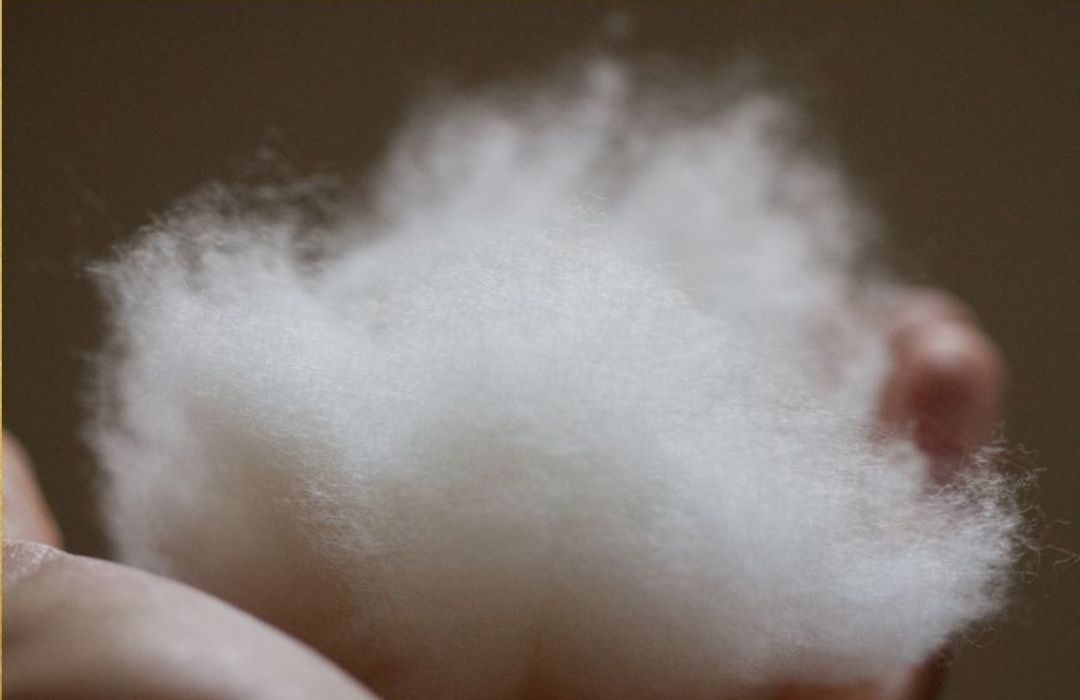The Truth Behind Is Cashmere a Natural Fiber and Its Eco-Friendly Appeal
The Truth Behind Is Cashmere a Natural Fiber and Its Eco-Friendly Appeal
Blog Article
Discover the Appeal of Cashmere a Natural Fiber: Why It's a Must-Have in Your Wardrobe
The appeal of cashmere, a high-end all-natural fiber, transcends simple looks. Originating from the Kashmir area, this light-weight yet durable material has actually woven its way into premium style as a result of its one-of-a-kind residential properties and flexible appeal. From discussing its fascinating beginning to understanding its production quality, care, and process, it's worth discovering why cashmere holds such a special location worldwide of textiles. Discover the class and material of this fiber as we get started on an exploration of its allure.

The Beginning and History of Cashmere: A Short Summary
While several might view cashmere as a basic deluxe, its background is steeped in rich cultural practice. Stemming from the Kashmir region in India, cashmere wool has been generated for thousands of years. The fiber is acquired from the soft undercoat of cashmere goats, harvested throughout their molting season.
Understanding the One-of-a-kind Properties of Cashmere Fiber
While various other materials may use down over time, cashmere preserves its quality, making sure resilient wear. Cashmere possesses a special aesthetic charm. Comprehending these homes makes clear why cashmere is not just a deluxe, but a beneficial investment for any type of closet.

The Refine of Making Cashmere: From Goat to Garment
To value the lavish buildings of cashmere fully, one must comprehend its trip from the raw fiber to the finished item. The process begins with the cashmere goats, predominantly discovered in Mongolia, China, and Iran. The pure cashmere is after that dyed, spun right into yarn, and ultimately knitted or woven into the sought after garments.

Deciphering the Quality and Cost: Why Is Cashmere so Expensive?
Cashmere originates from the fine undercoat of the cashmere goat, with each goat producing a simple 150 grams each year. The processing of raw cashmere requires both time and expertise, with the fibers requiring to be meticulously arranged, cleaned, and rotated. These aspects incorporated make cashmere a pricy yet extremely in-demand asset in the globe of fashion.
Cashmere in vogue: The Convenience and Ageless Allure
Regardless of its high rate, the timeless charm and versatility of cashmere have actually strengthened its area in the world of style. The flexible nature of cashmere enables for its combination into both casual and official clothes, indicating its broad appeal. As patterns come and go, cashmere stays a continuous, its attraction undiminished, continuing to Bonuses form the style and influence industry's landscape.
Taking Care Of Your Cashmere: Upkeep and Conservation Tips
Guaranteeing the longevity of cashmere garments calls for certain care and interest. These prized ownerships ought to not be thrown into the washing equipment with normal laundry. Rather, hand washing with mild, pH-neutral soap in warm water is encouraged. After cleaning, they need to not be wrung out. Rather, they should be carefully pressed between towels to soak up excess water, after that laid level to dry. Routine brushing with a cashmere comb can avoid pilling. Saving these things in an amazing, dry location, preferably in a breathable bag, can protect them from moths and moisture (is cashmere a natural fiber). A periodic airing outside, away from direct sunshine, can freshen the fibers. With these upkeep and preservation tips, one can ensure their cashmere remains luxuriously soft and sturdy.
Conclusion
Cashmere, with its unequaled softness and warmth, supplies both luxury and toughness. Discover the appeal of cashmere and visit our website raise your style arsenal.

Report this page